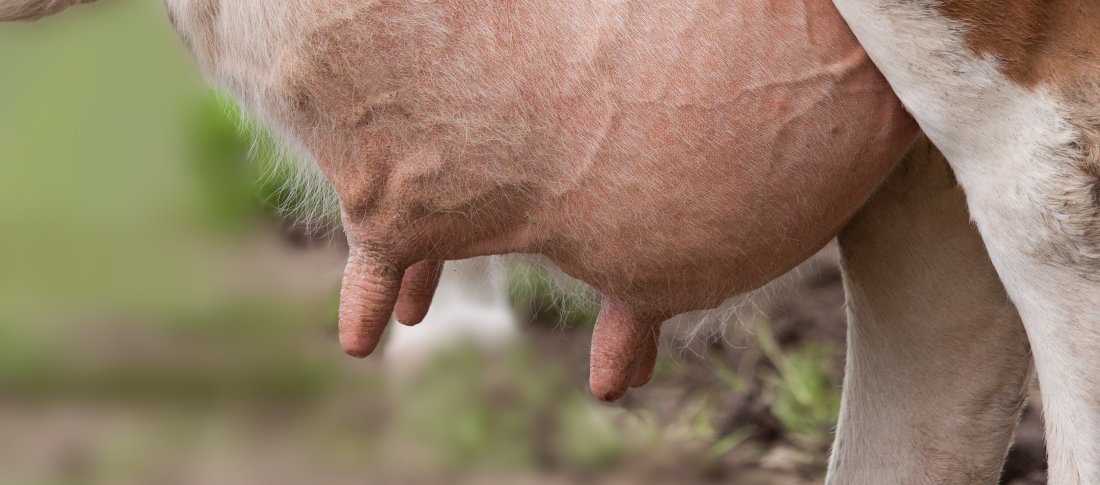As a dairy farmer, a steady supply of the white stuff is what it’s all about. Milking your herd is where the money comes from. Yet it’s a strange paradox that the most important stage of the lactation cycle is the drying off period.
A healthy and infection-free dry period will ensure that milk yields are everything they should be when milk production resumes after calving. Any abnormalities during the dry period however will have a negative impact on both herd health and milk yields.
Mastitis is a big threat to your dairy cattle during the dry season. It’s caused by bacterial invasion of the teat canal and is highly contagious. In extreme cases mastitis can be fatal; in almost all cases it will have a negative impact on the quantity of milk produced in later lactations. It’s thought that around 60% of all cases of mastitis have their origins in the dry period.
That’s why it’s so important to take a safe and methodical approach to drying off.
Milk production and nutrition
Teat closure is an important safety mechanism to help prevent mastitis. And the speed at which teats close is largely determined by how much milk the cow is producing. When there is a high volume of residual milk in the udder, white blood cells concentrate on absorbing milk fat cellular debris and are less active in preventing bacteria from entering the udder. In short: teats close faster in lower-producing cows – as numerous studies have shown, which in turn reduces the risk of intramammary infections.
The goal is simple: reduce milk production in the run-up to dry off. You can achieve this by reducing either dry matter intake or reducing the energy density and protein content of feeds.
Formation of the keratin plug
The cow’s natural defence mechanism is a keratin plug that prevents bacteria from entering the teat canal during the dry period. However because it takes time to form, and slowly disappears in preparation of lactation, the first week after drying off and final week prior to calving are particularly risky in terms of the threat of udder infection. Note that cows with high milk volume at drying off have a weaker keratin plug – and sometimes a cow will not develop a keratin plug at all.
So what can you do to mitigate the risks of infection?
Best practice for drying off
- Milk out the cow completely
- Ensure that teats are clean and dry
- Disinfect the teat ends thoroughly with cotton wool and methylated/surgical spirits, rubbing the teat opening for a minimum of 10 seconds
- Disinfect the teats furthest away first, then the teats nearest to you to prevent re-contamination
- When administering antibiotics, keep the nozzle of the tube sterile to prevent introducing new infections
- Insert the tip of the nozzle into the teat opening and squeeze the contents gently into the quarter – inserting the tube nozzle to its full depth may damage the teat end
- Gently massage the antibiotic up into the quarter
- Thoroughly spray or dip the teats with teat disinfectant after treatment
- If you are using a teat sealer as well as the antibiotic, follow the same steps as above – with the exception of massaging the teat sealer into the quarter
- Before squeezing the contents of the tube of sealer into the teat, use your free hand to close off the base of the teat where it joins the udder
- If you are using teat sealer only on a portion of the herd, dry these off in a separate batch from cows receiving antibiotics only
- Make sure cows remain standing for the first two hours after treatment to allow time for the teat to close
- Keep cows away from the milking machine – the sound of which could trigger the stimulus to let milk down
Ongoing tips for the dry period
- Check your herd on a daily basis for signs of mastitis
- A clean environment is crucial to prevent infection – that means clean bedding and good barn hygiene
- Maintain the provision of a balanced diet with the right amount of energy, protein, vitamins and minerals to support optimal function of the immune system
- Take steps to prevent sudden changes to environment or diet, which can trigger stress and compromise immune system function
- Prevent udder oedema by avoiding excessive intake of sodium and potassium during the dry period – exercise can also help to reduce the risk of oedema
- Cows that leak milk before calving should be milked and their colostrum should be stored in the freezer
Over to you…
It’s a strange paradox that one of the most important things you can do to enhance your milk yields is to manage your herd carefully when they aren’t producing any of the white stuff. However it’s important to remember that the dry off period is the most important in the lactation cycle. Taking the appropriate care will help to secure good yields after calving.
You may also be interested in:
>> The benefits of raising dairy calves together
>> Dairy calving: all-year-round calving vs autumn calving
>> MegaStory: behind the scenes at our Liverpool factory
